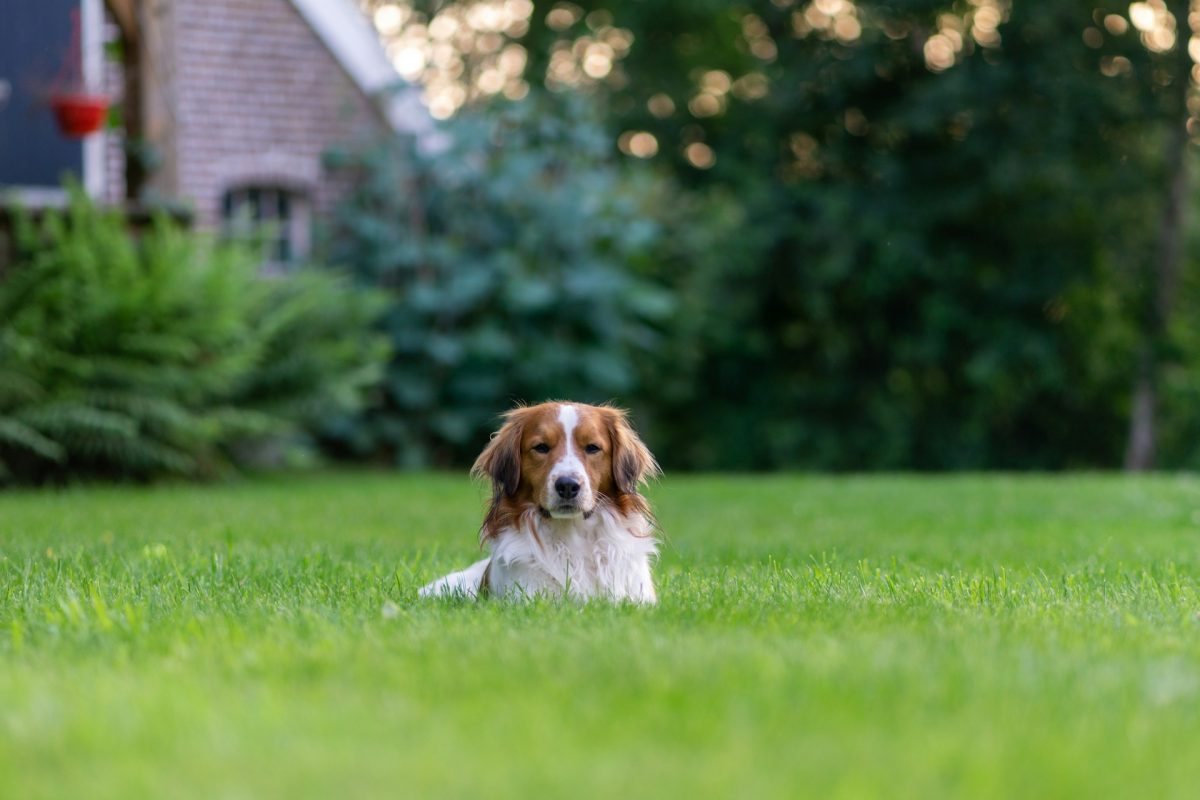Training a dog that appears stubborn or difficult can be a challenging endeavor. However, with the right approach, patience, and understanding, even the most stubborn dog can learn to obey commands and exhibit positive behavior. This article provides comprehensive strategies for training difficult dogs, aiming to transform the training process into an enjoyable and rewarding experience for both the dog and the owner.
Understanding the Root of Stubbornness
The first step in training a difficult dog is to understand the underlying reasons for their stubborn behavior. Often, what is perceived as stubbornness is actually a lack of understanding, fear, or even boredom. It’s crucial to assess whether the training methods are clear and consistent, and whether the dog’s environment supports learning. Understanding your dog’s perspective can help tailor a training approach that addresses the root cause of their behavior.
Establishing Trust and Leadership
A strong foundation of trust and leadership is essential for effective training. Dogs are more likely to follow commands from someone they trust and see as a leader. Establishing yourself as the pack leader doesn’t involve fear or intimidation but rather showing confidence, consistency, and patience. Engaging in activities that build trust, such as regular walking and feeding, can significantly enhance the training process.
Consistency is Key
Consistency is one of the most important aspects of training a stubborn dog. Dogs learn through repetition and predictability. It’s important that all family members use the same commands and rewards system. Inconsistencies in training can confuse your dog and hinder their learning process. Establish a routine that includes regular training sessions, and stick to it.
Positive Reinforcement
Positive reinforcement is a powerful tool in dog training. Rewarding your dog for good behavior with treats, praise, or play encourages them to repeat those actions. It’s important to immediately reward the behavior you want to encourage, as dogs live in the moment. Over time, positive reinforcement will help shape your dog’s behavior and make training more effective.
Patience and Persistence
Training a difficult dog requires a great deal of patience and persistence. There will be setbacks and days when progress seems minimal. It’s crucial to remain calm and patient, avoiding any negative reactions or punishment that can damage the trust between you and your dog. Celebrate small victories and maintain a positive outlook throughout the training process.
Tailoring the Training to Your Dog
Every dog is unique, and what works for one may not work for another. Tailoring the training approach to your dog’s personality, breed, and learning style can make a significant difference. Some dogs respond better to certain types of rewards or training methods. Be prepared to experiment with different techniques and observe what yields the best results.
Professional Help
Sometimes, professional help may be needed to overcome stubborn behavior. Dog trainers and behaviorists can offer valuable insights and strategies tailored to your dog’s needs. They can also provide support and guidance to ensure that training is conducted effectively and safely.
Training a difficult dog is undoubtedly challenging, but with the right approach and mindset, it is entirely possible. Understanding the root of stubbornness, establishing trust, maintaining consistency, utilizing positive reinforcement, and showing patience are all key to successful training. Remember, the goal is not to dominate but to build a relationship based on mutual respect and understanding. With time and effort, you can transform a stubborn dog into a well-behaved companion.



